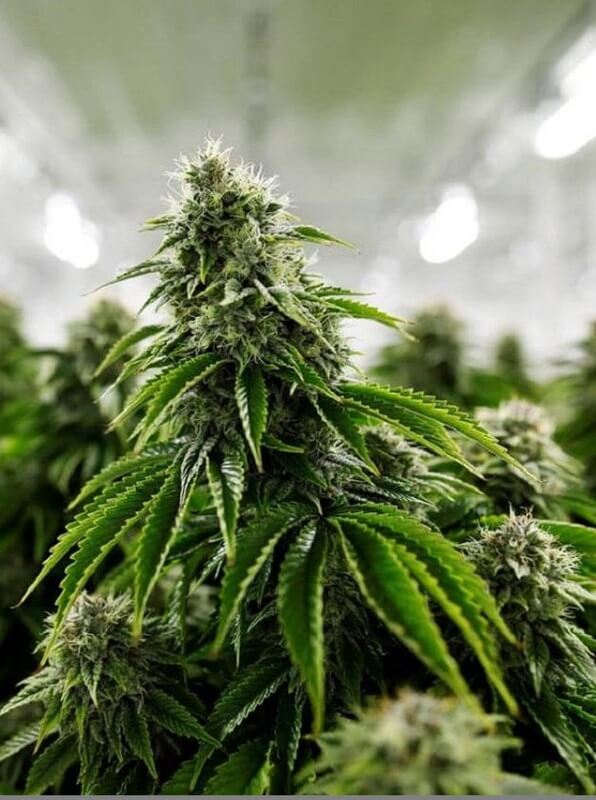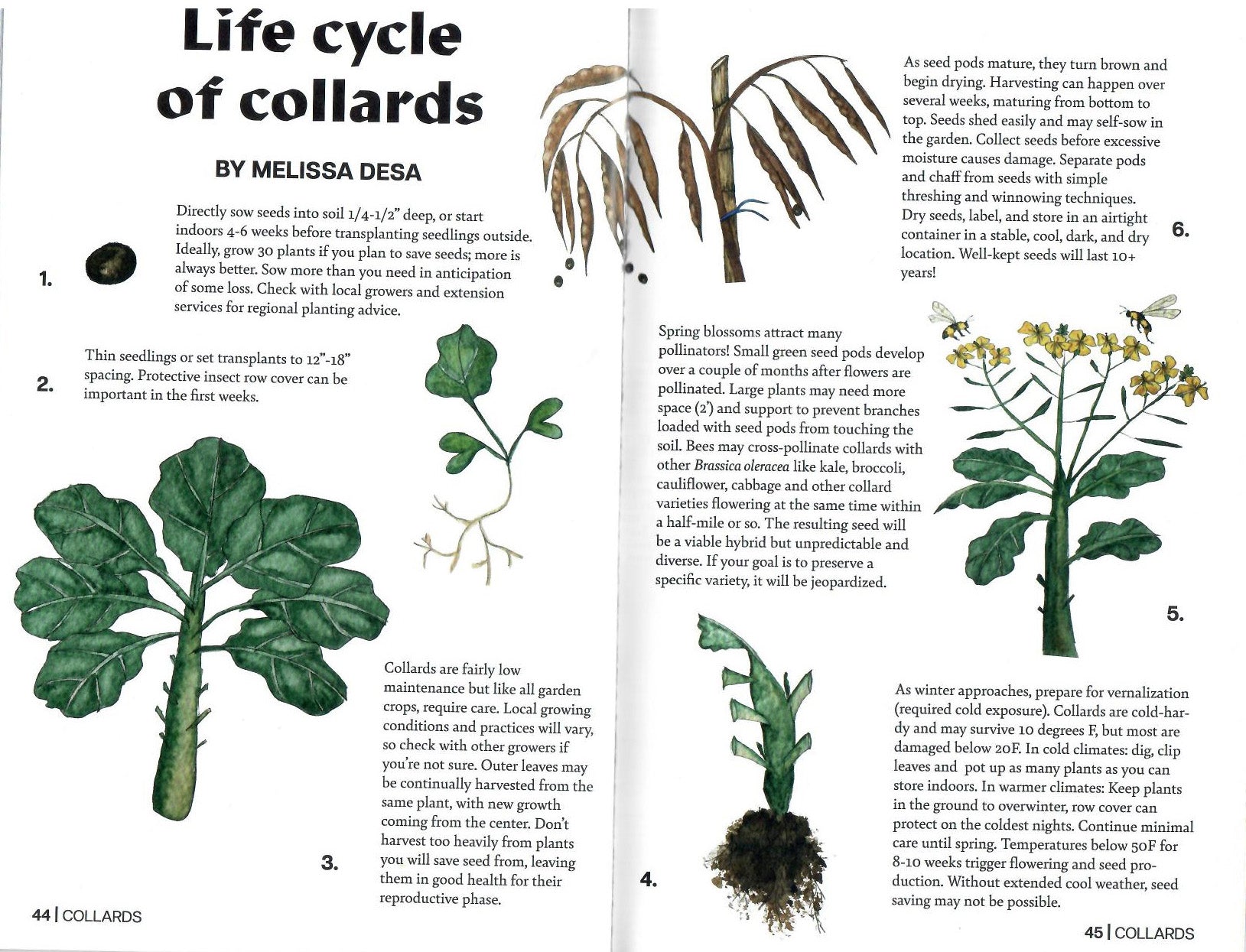To safely separate seedlings at any stage, gently tease apart the roots and replant them immediately. Handle seedlings by their leaves, not stems.
Separating seedlings is crucial for their healthy growth and development. Crowded seedlings compete for nutrients, water, and sunlight, which can stunt their growth. Properly separating them ensures each plant has enough space to thrive. Start by preparing your workspace with all necessary tools, such as a fork, water, and new containers.
Work in a well-lit area to see the roots clearly. Be gentle to avoid damaging the delicate roots and stems. Replant the seedlings in nutrient-rich soil and water them immediately. This process promotes better growth and a higher success rate for your plants.
Importance Of Seedling Separation
Seedling separation is a crucial step in gardening. It ensures each plant has enough space to grow. Proper separation helps seedlings thrive and stay healthy.
Promoting Healthy Growth
When seedlings have enough space, they grow better. Each plant gets more light, water, and nutrients. This promotes stronger and healthier growth.
- More light: Uncrowded seedlings get more sunlight.
- Better air circulation: This reduces the risk of mold and disease.
- Access to nutrients: Each plant gets its fair share.
Preventing Root Tangling
Root tangling can harm seedlings. Separating them early prevents this problem. Tangled roots can stunt growth and make transplanting harder.
Here are some tips to avoid root tangling:
- Use individual pots: This keeps roots separate from the start.
- Regularly check roots: Ensure they are not becoming tangled.
- Transplant carefully: Handle roots gently to avoid damage.
By separating seedlings, you help them grow strong. Healthy plants are more likely to thrive in your garden.
Tools And Supplies Needed
Separating seedlings can be a delicate task. Using the right tools and supplies is essential for success. With the proper equipment, you can safely handle seedlings at any stage of growth. This guide lists essential and optional tools to help you in this process.
Essential Equipment
- Seedling Tray: A tray with compartments to hold seedlings separately.
- Small Trowel: A small tool for gently digging out seedlings.
- Watering Can: A can with a fine rose for gentle watering.
- Soil Mix: A light, nutrient-rich soil mix for transplanting.
- Labels: Tags or markers to label each seedling.
Optional Add-ons
- Heat Mat: A mat to provide warmth to seedlings in colder climates.
- Grow Lights: Artificial lights to ensure seedlings get enough light.
- Hand Sprayer: A sprayer for misting seedlings to prevent drying out.
- Rooting Hormone: A powder to encourage root growth in seedlings.
- Humidity Dome: A cover to maintain humidity around seedlings.
| Tool | Purpose |
|---|---|
| Seedling Tray | Holds seedlings separately |
| Small Trowel | Gently digs out seedlings |
| Watering Can | Provides gentle watering |
| Soil Mix | Transplanting medium |
| Labels | Identifies seedlings |
| Heat Mat | Provides warmth |
| Grow Lights | Ensures adequate light |
| Hand Sprayer | Mists seedlings |
| Rooting Hormone | Encourages root growth |
| Humidity Dome | Maintains humidity |
When To Separate Seedlings
Knowing the right time to separate seedlings is crucial. Separating them too early or too late can harm their growth. Let’s explore the signs that indicate the best time for separation.
Early Stage Indicators
In the early stages, seedlings show certain signs. These signs help determine if they are ready for separation.
- True Leaves: The first set of leaves appear. These are called cotyledons.
- Second Set of Leaves: The second set of leaves, known as true leaves, appear. This is a good sign.
- Strong Stems: The stems should be strong enough to handle separation.
Late Stage Signs
Sometimes, seedlings grow bigger before they are separated. Here are signs for late-stage separation:
- Overcrowding: Seedlings start to crowd each other.
- Yellow Leaves: Leaves may turn yellow due to lack of space.
- Root Tangling: Roots start tangling with each other. This can stunt growth.
Separating seedlings at the right time ensures their healthy growth. Watch for these early and late stage signs. This will help your seedlings thrive.

Credit: www.amazon.com
Preparing The Workspace
Before separating seedlings, it’s crucial to prepare your workspace properly. An organized and clean workspace ensures seedlings remain healthy. It also prevents contamination and damage.
Choosing The Right Location
First, choose a location that is well-lit and has good ventilation. A bright area helps you see the seedlings clearly. Ventilation keeps the air fresh and prevents mold growth.
- Ensure the surface is flat and stable to avoid accidents.
- Avoid areas with direct drafts or extreme temperatures.
- Choose a place with enough space for all your tools and seedlings.
Sanitizing Tools
Sanitize your tools to prevent diseases from spreading among seedlings. Clean tools ensure healthy growth.
- Disinfect: Use a mild bleach solution (1 part bleach to 9 parts water).
- Soak: Soak tools for at least 10 minutes.
- Rinse: Rinse them thoroughly with clean water.
- Dry: Allow tools to air dry completely before use.
| Tool | Purpose |
|---|---|
| Scissors | Cutting roots or leaves |
| Tray | Holding seedlings |
| Spoon | Gently lifting seedlings |
Always keep your tools organized. A tidy workspace makes the process smoother and safer. Your seedlings will thank you for it!
Step-by-step Separation Process
Separating seedlings can be tricky. Follow this step-by-step guide to do it safely. This process ensures your seedlings thrive at any stage.
Initial Steps
Begin by preparing your tools. You will need:
- Clean scissors or a sharp knife
- Spoons or small trowels
- Water spray bottle
- New pots or planting trays
Water your seedlings well. Moist soil makes roots easier to handle. Loosen the soil around the seedlings gently.
Handling Roots
Carefully lift the seedlings. Use a spoon or small trowel for help. Hold the seedlings by their leaves, not stems. This prevents damage.
Gently tease apart the roots. Do not pull too hard. If roots are tangled, use water to loosen them. Keep the roots moist during the process.
Replanting Tips
Prepare new pots with fresh soil. Make a small hole in each pot. Place the seedlings into the holes. Cover the roots with soil gently.
Water the seedlings lightly. This helps settle the soil. Place the pots in a well-lit area. Avoid direct sunlight for a few days.
Monitor the seedlings daily. Ensure the soil stays moist but not soggy. Your seedlings will grow strong and healthy.

Credit: cleanleaf.com
Caring For Separated Seedlings
Caring for separated seedlings is essential to ensure their healthy growth. Once you have successfully separated your seedlings, providing the right care is crucial.
Watering Guidelines
Watering seedlings correctly helps them thrive. Too much water can cause root rot, while too little can dry them out.
- Water gently to avoid damaging the delicate roots.
- Use a spray bottle or a watering can with a fine spout.
- Ensure the soil is moist but not soggy.
- Check the soil moisture daily.
| Seedling Type | Watering Frequency |
|---|---|
| Vegetables | Every 1-2 days |
| Flowers | Every 2-3 days |
| Herbs | Every 1-2 days |
Light And Temperature
Light and temperature play a vital role in the growth of seedlings. Providing adequate light and maintaining the correct temperature will help seedlings develop strong stems and healthy leaves.
- Place seedlings in a bright location with indirect sunlight.
- Use grow lights if natural light is insufficient.
- Maintain a temperature range of 60-75°F (15-24°C).
- Protect seedlings from cold drafts and extreme heat.
Common Mistakes To Avoid
Separating seedlings can be tricky. Many gardeners make common mistakes that harm young plants. Learning what to avoid helps ensure healthy growth.
Overcrowding Issues
Overcrowding is a frequent problem. Seedlings need space to grow. Crowding them can stunt their growth. Roots need room to spread out. Overcrowded seedlings compete for light, water, and nutrients.
- Plant seedlings at least 2 inches apart.
- Use larger containers to provide ample space.
- Thin out weaker seedlings early.
Proper spacing prevents overcrowding. It ensures each seedling gets enough resources. Crowded seedlings are more prone to disease. They also have weaker stems.
Improper Handling
Improper handling can damage delicate seedlings. Gentle touch is crucial when separating them. Rough handling can break stems or roots. Broken seedlings struggle to survive.
- Use a small tool, like a spoon, to lift seedlings.
- Hold seedlings by the leaves, not the stems.
- Water seedlings before separating to ease removal.
Handling seedlings with care keeps them healthy. Healthy seedlings grow into strong plants. Be patient and gentle to avoid damage.

Credit: ujamaaseeds.com
Expert Tips For Success
Separating seedlings at any stage can be tricky. Follow these expert tips for success. Ensure your seedlings grow strong and healthy.
Using Growth Enhancers
Growth enhancers can help seedlings thrive. They provide essential nutrients. Use natural enhancers for the best results. Some options include:
- Compost tea: Brew compost in water for a nutrient-rich solution.
- Seaweed extract: Packed with minerals and vitamins.
- Fish emulsion: A rich source of nitrogen.
Apply these enhancers sparingly. Too much can harm the seedlings. Follow the instructions on the product label. Always dilute the enhancer before use.
Monitoring Plant Health
Regularly check the health of your seedlings. Look for signs of stress or disease. Here are some common indicators:
| Symptom | Possible Cause |
|---|---|
| Yellowing leaves | Nutrient deficiency or overwatering |
| Wilting | Underwatering or root damage |
| Spots on leaves | Fungal infection |
Address any issues immediately. Remove affected leaves or plants. Ensure proper watering and ventilation. Healthy seedlings are more likely to survive separation.
Frequently Asked Questions
How Do You Separate Seedlings Without Damaging Them?
Gently loosen the soil around the seedlings. Use a fork to lift them. Handle by leaves, not stems, to avoid damage. Replant quickly.
When Is The Best Time To Separate Seedlings?
Separate seedlings when they have two true leaves. This stage ensures they are strong enough. Avoid transplanting during extreme weather conditions.
Can I Use My Hands To Separate Seedlings?
Yes, you can use your hands. Be gentle and careful. Always handle by the leaves, not the delicate stems.
What Tools Are Needed To Separate Seedlings?
Use a small fork, spoon, or pencil. These tools help gently lift seedlings. Make sure they are clean to prevent disease.
Conclusion
Mastering seedling separation ensures healthy plant growth. Handle them gently, use proper tools, and follow the right steps. With these tips, your seedlings will thrive at any stage. Enjoy a lush, vibrant garden by applying these simple techniques. Happy gardening!
